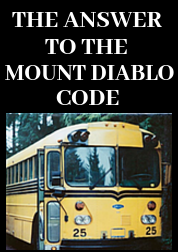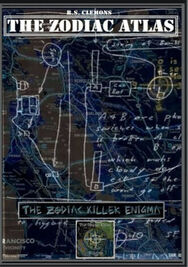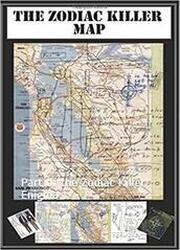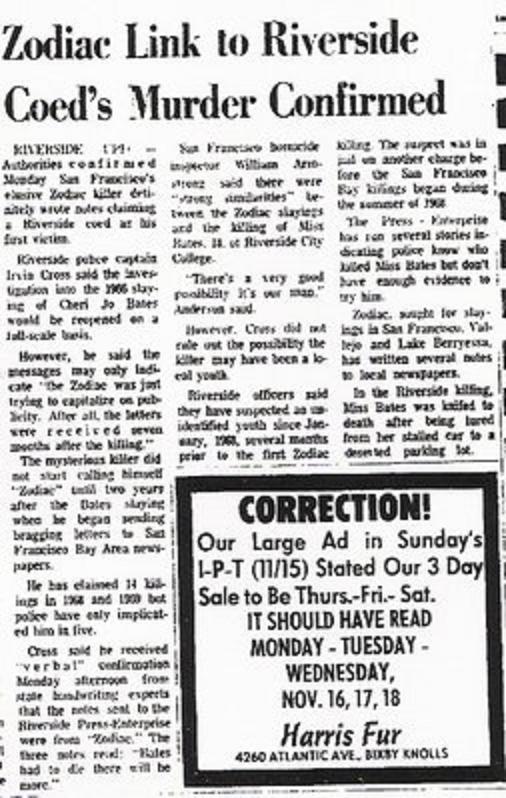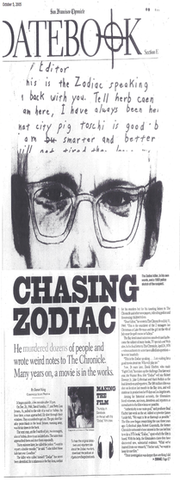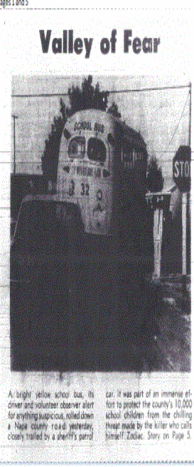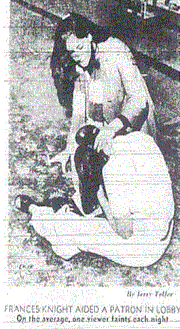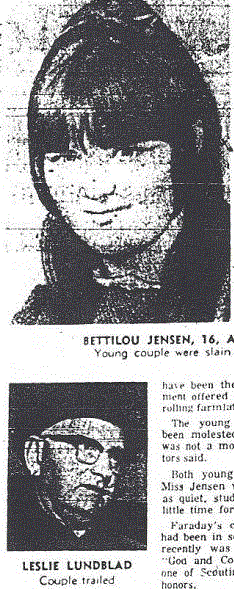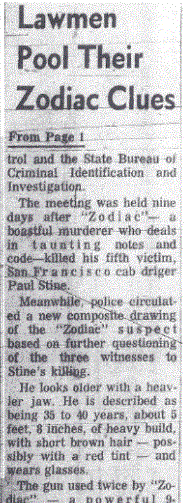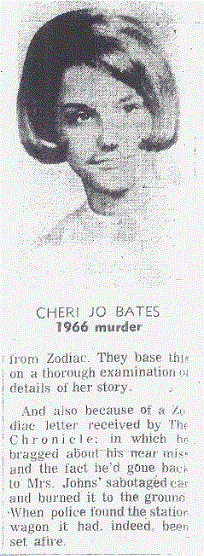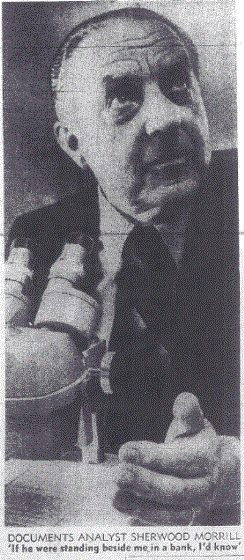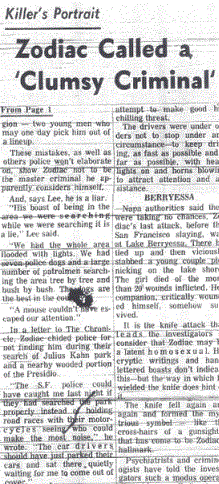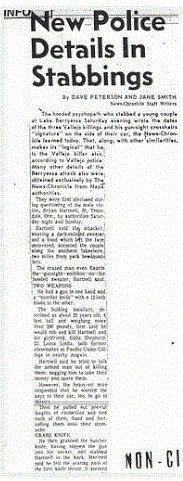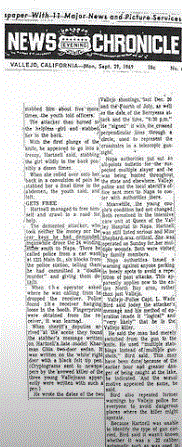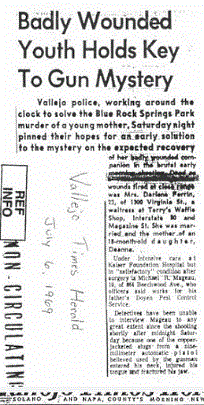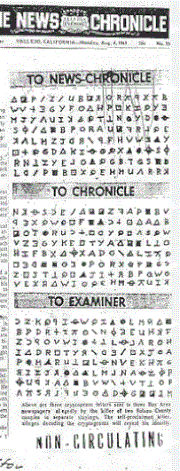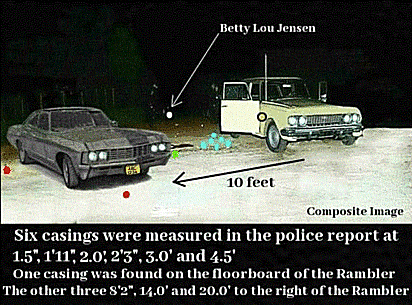
This is backed up by James Owen's approach to the turnout, in which he saw no vehicle (headlights or taillights) entering the turnout from either the east or west side. See here. Therefore, the vehicle sitting alongside the Faraday Rambler when he passed the turnout had been sitting there for at least 30 seconds without any attack beginning. If James Owen did actually hear a shot 30 seconds after he passed the turnout, this would indicate that the assailant/s in the unknown vehicle didn't begin the attack for at least one minute after arriving at the turnout. This length of time could be even longer if the rogue vehicle arrived shortly after the two raccoon hunters, Robert Connelly and Frank Gasser, had departed the scene. The two vehicles could have been sitting alongside each other for several minutes (possibly unoccupied) before anything transpired. If a strange vehicle pulled into the turnout alongside David Faraday, with headlights on and engine running, why would David Faraday have resolutely sat there for one minute without pulling away, let alone several minutes. Unless of course, he knew the occupants of the second vehicle.
On page 53 of the police report it states "Responding officer talked to Debbie Faraday, WFJ 16 years, sister of David. She relates the following David told her on the afternoon of Friday 12/20/68 that he was going out to Lake Herman Road that night because a bunch of the kids were going out there that night." Was David initially comfortable or unconcerned by the arrival of the vehicle that James Owen observed? Were the couple even in the turnout at this juncture?
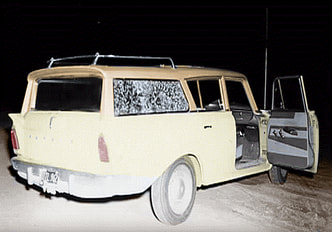
In his August 4th 1969 'Debut of Zodiac' letter he described his targeting mechanism for killing in the dark: "What I did was tape a small pencel flash light to the barrel of my gun. If you notice, in the center of the beam of light if you aim it at a wall or ceiling you will see a black or darck spot in the center of the circle of light about 3 to 6 inches across. When taped to a gun barrel, the bullet will strike in the center of the black dot in the light. All I had to do was spray them as if it was a water hose; there was no need to use the gun sights". Forming a circle of light 3 to 6 inches across, is suggestive of a killer who wanted to accurately target his victims in the dark turnout at distance, not suggestive of a killer who was going to negate the purpose of the flashlight targeting system, by approaching David Faraday and shooting him in the left side of his head from mere inches away. The caution he displayed in all his other three crimes, not only abandoned here, but totally disregarded, and completely at odds with the apparent preparation of his weapon for sighting purposes. He could easily have shot David Faraday from the front the moment he stepped from the Rambler, keeping a reasonable distance from him. Apparently, his targeting system seemed to work on Betty Lou Jensen, a moving target, as she fled across the darkened turnout, but in the case of a relatively static target in David Faraday, it required him to approach within touching distance to fire off one shot to the left side of David Faraday's head. It has been considered that possibly David Faraday fought with the assailant, but is it likely this would have transpired with a gun and flashlight focused on him at distance when he exited the passenger side door, and charged with a responsibility to safeguarding Betty Lou Jensen at just 17 years of age? There was never any need for the Zodiac Killer to ever get close to David Faraday. There was never any need to allow them to exit the vehicle in the first place, as he successfully demonstrated at Blue Rock Springs Park.

The Department of Justice report stated that the submitted items corresponded with the use of a J C Higgins 80 pistol, "although it must not be assumed that the exhibits must have been fired in such a weapon." However, it does state a crucial piece of information, that the bullet fired into David Faraday did not contain the same class characteristics as the other seven submitted bullets. What it actually said was 'All bullets submitted were Western copper coated .22 long rifle bullets, although some were damaged, it was possible to determine ALL but Item [1] had 6 right hand groove class characteristics.' Item [1] was the bullet recovered from David Faraday. This means that the bullet recovered from David Faraday at autopsy and the casing untested at the Department of Justice could have been fired from a second weapon and second shooter, possibly securing David Faraday by the right rear wheel of the Rambler. This would have been the person arriving from the distant (passenger) side of the second vehicle, and not responsible for the shots into the Rambler, the securing of Betty Lou Jensen (who exited the Rambler first) and the five shots that peppered the right side of her back when she ran across the turnout. In other words, the accomplice had no sighting implement on his gun and was wholly responsible for securing David Faraday as he left the Rambler after Betty Lou Jensen. With Betty Lou Jensen secured first, David Faraday would have had little option but to comply.
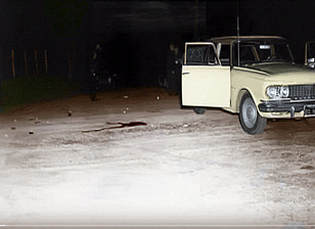
Even if two people were responsible for the murders on December 20th 1968, this doesn't imply there were two killers throughout the four canonical attacks. They may, or may not have continued after this attack. They could have teamed up for the Blue Rock Springs attack, when an unknown vehicle parked alongside Michael Mageau and Darlene Ferrin minutes before eventual shooting began. They could have individually been responsible for the Lake Berryessa and Presidio Heights attacks, in an attempt to create the most daring attack of all, and hence the seemingly conflicting descriptions given. On the other hand, it may simply have been one individual, and we are looking for something that never was.




 RSS Feed
RSS Feed

